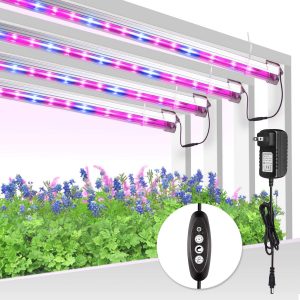Before we go into all we need to know about LED Linear Light, allow me to put you through what LED means.
LED is an acronym for the words ‘Light Emitting Diodes’ and they include the kinds of diodes that emit light when electricity passes through them using a semiconductor.
When LEDs were first introduced, they produced only red light, the types that were used as an indicator light. But going forward, as LED technology advanced, there started to be blue and green LED lights. As of now, there is the bright white LED light that can effectively replace other types of light.
Several types of LED lights have come to stay and they include:
- LED Strip Light
- LED Neon Strips
- LED Linear Lights
In this post, I’ll be giving an in-depth explanation about what LED linear lights are and why you should choose them.
What is LED Linear light?
Imagine a group of LED lights being arranged in a straight line such that they produce that straight, extended, linear effect – That’s a LED linear light. It’s a simple concept that involves putting together LED lights in long, narrow, and extended tubes to form a line of light.
Check out the picture of typical LED linear lights used in an office space below

How LED Linear Lights Have Evolved Over Years
It was very difficult to light up some kind of space when there was no linear lighting. Interior designers and project managers had to make use of round bulbs regardless of the kind of architectural structures they were working on.
In the 1950s linear lighting started to be seen in places like warehouses and office spaces in the form of fluorescent tubes. As the years passed, in the 1970s, the demands for this kind of lighting grew, fluorescent tubes started to be used in homes, schools, retail centers, and many other commercial spaces.
However, fluorescent tubes had evident disadvantages. They couldn’t form a continuous line of light with breakage in between which caused dark spots and made it less aesthetically pleasing than people needed.
Apart from this, fluorescents produced UV lights through the chemical reaction between gases and mercury vapor. These gases, including mercury, become dangerous to the health when they get released into the air, and this is likely to happen if the glass tube gets broken.
The innovation of LED linear lighting started in the 2000s and it served as a stronger, more efficient, and aesthetically pleasing alternative to fluorescent tubes.
Since then, LED linear lighting has advanced in design, technology, and performance. It’s doing well in the lighting market because the use and demand for it have massively increased.
Types of LED linear lights
The need to provide linear lighting for different architectural structures has led to the production of different types of LED linear lights which include
- Suspended LED Linear Lights
- Recessed LED Linear Lights
- Modular LED Linear Lights
- Surface LED linear Lights
Suspended LED linear Lights
Suspended LED linear lights are the type of LED linear lights that hang to the ceiling using ropes, wires, or chains that keep them in a suspended position.
These types of light could be used as accent lighting to draw attention or focus on any particular object of interest both outdoor and indoor e.g. a staircase, artworks, sculptures, etc.



Recessed LED Linear Lights
Recessed LED linear lights are perfect for hallowed spaces in walls or ceilings. They create an invisible, blended, eye-catching lighting effect.
The decision to use recessed LED linear light is best made before the architectural structure is put up so as to create spaces that would accommodate this type of lighting.
Recessed LED linear lights can help produce amazing and unique lighting effects to the simplest designed spaces you can think of.
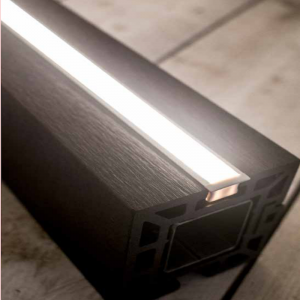


Surface LED Linear Lights
Surface LED Linear lights are mounted directly to the surface of the ceiling or wall. This type of lighting is perfect for architectural structures or spaces with low ceilings as using suspended ceilings for these kinds of spaces will make the lights too close to the ground floor.
Even though surface LED linear lights are mostly used in spaces with low ceilings, they can still be used to create sleek, interesting, and unique designs to make the space appealing while supplying the right amount of light.
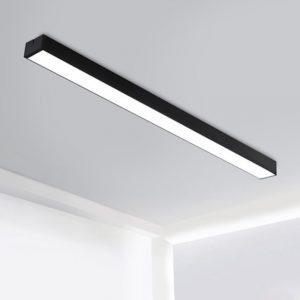


Why You Should Choose LED Linear Lights
LED linear lights have tangible advantages that can help you in your decision making, these include:
- Directional Lighting: if you are using LED Linear lights, you would not need to use diffusers or reflectors to trap lights as they reduce the efficiency of light produced.
- Vast Applications: LED linear lights can be used on almost any kind of ceiling or wall because of the different types that are available (Suspended, recessed, and surface).
- Stunning Aesthetics: Unique designs can be easily created using different lengths and shapes to fit into a vast number of structures. With LED Linear Lights you can turn a plain space into a sophisticated, appealing, and eye-catching space that people would love to come to.
- Wide Range of Color Temperatures: Color temperatures affect people’s perception of light. It can help to tone down or switch up the mood of a place. LED linear lights come in different ranges from yellowish-white which seems warmer to bluish-white which gives a cool feeling. You can choose your LED linear lights based on the mood you want for your space.
- Cost-Effectiveness: LED linear lights usually last far longer compared to fluorescent tubes so they need less replacement with time. They also use less energy.
Where Can LED Linear Lights be used?
LED linear lights can be used and applied in different kinds of situations and spaces to achieve different desired results.
The LED linear light can be used as the main background light for space; it can also be used for just specific sections of a general space to give an accent effect.
Some particular spaces where it can be used include:
- School halls
- Cinemas
- Museums
- Office spaces
- Along Staircases
- Edges of pools or fountains
- Window sills
- Inside of drawers or shelves
- Closet ceiling
- Under and below kitchen cabinets
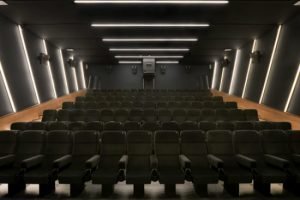


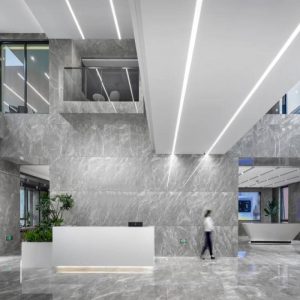


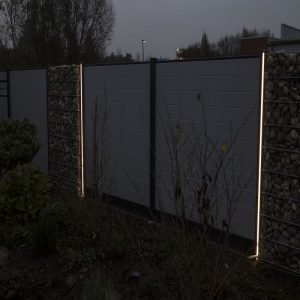


Standards and Regulation Guiding LED Linear Lighting
One major regulation guiding LED linear lighting is the Unified Glare Rating (UGR) regulation. It involves calculating the measure of glare from visible light sources as compared to the background lamination of a space.
This regulation is important as excessive glare from light causes headaches and migraines to people and will make an area uncomfortable and unconducive for regular activities.
It’s better to ensure that the lighting produced by the LED linear lights you intend to use is soft, healthy, and has a low glare performance of at least <19.
In conclusion, LED linear lights are an exceptional kind of LED light that can be used for a vast number of purposes. You can choose the type of LED linear light to use based on your architectural structure and the results you want to achieve.
Do you have any more questions about LED linear lights? – Ask us in the comment section or contact us, we would love to be of help.
Thank you for reading through!






